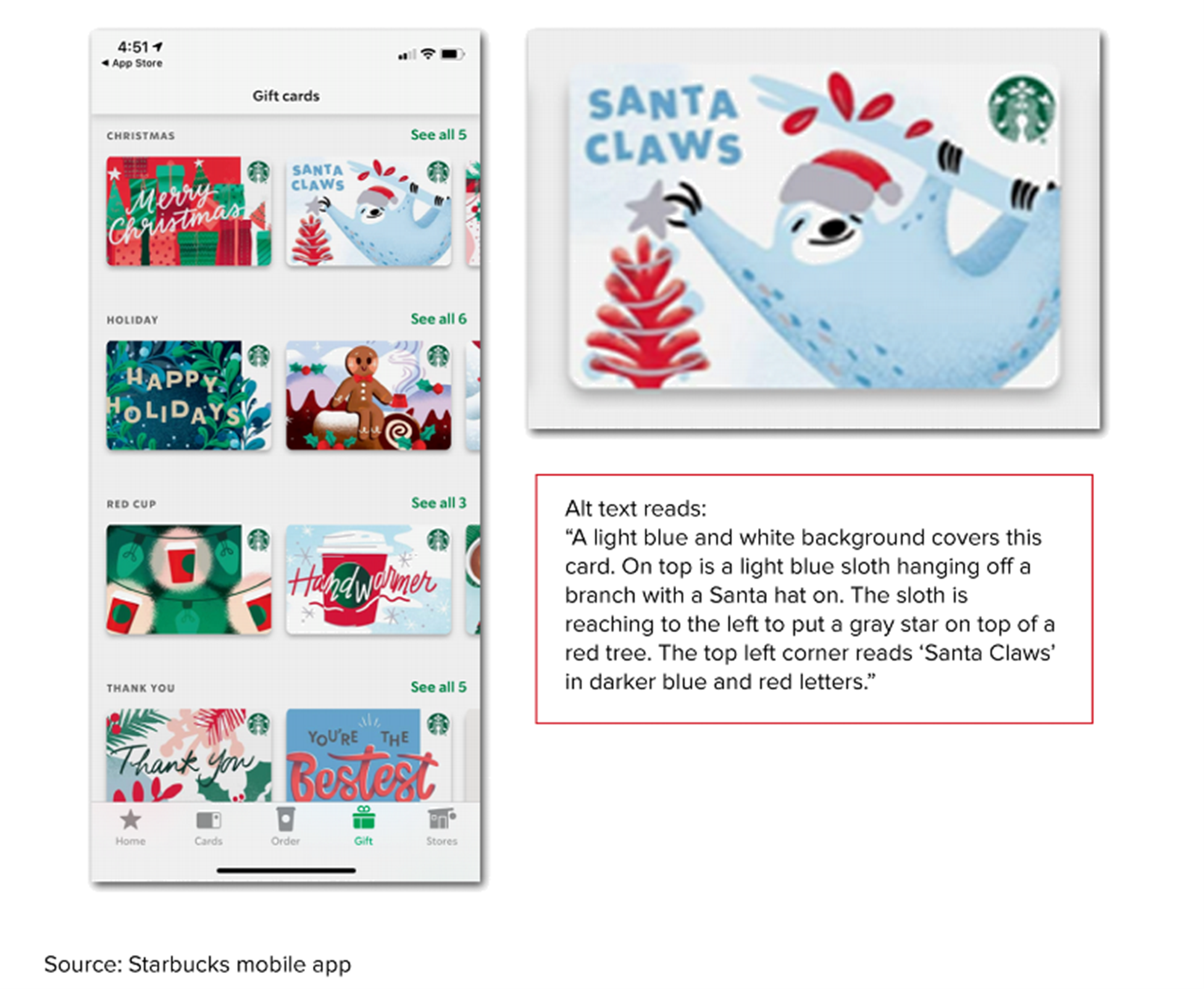Stay Off Santa’s Naughty List: Four Ways To Responsibly Design Experiences This Holiday Season
With Black Friday approaching and Christmas just around the corner, most retailers are focused on questions such as “How do we generate more site traffic?” and “What deals can we offer to encourage consumers to spend more?” While these are reasonable questions to ask, keep in mind that the experiences customers have with you this holiday season can play a pivotal role in building (or damaging) trust in your brand.
Why does this matter? Forrester’s trust imperative research shows that when consumers trust you, they exhibit revenue-generating behaviors such as being willing to buy additional products or to experiment with new products — things every retailer wants!
Focus on the long game this holiday season by practicing responsible design. Responsible design is an approach to designing experiences that engender trust. Forrester defines responsible design as creating experiences that provide consistently positive outcomes and avoid harm for all stakeholders. It requires organizations to embed ethical principles — such as transparency, accessibility, and inclusion — into how they create experiences. As you enter the holiday rush, here are four ways retailers can ensure that shopping experiences are designed responsibly:
- Avoid using coercive and deceptive design patterns. Also known as “dark patterns,” coercive and deceptive design is pervasive in the retail space. Using these patterns doesn’t just damage trust — it can result in significant fines and PR damage, as well. We’ve seen recent examples of this from Amazon — for trapping consumers into signing up for Prime subscriptions — and Epic Games, which was slapped with a $275 million fine from the US Federal Trade Commission for tricking users into making in-game purchases. How can you avoid this? Audit your digital experiences: Are you tricking users into signing up for recurring subscriptions? Are you using countdown timers to create a false sense of urgency? Are you not being transparent about all the costs associated with a purchase? Then swiftly address any potential coercive and deceptive design patterns you uncover.
- Identify and fix accessibility issues in your digital experiences. Avoid creating barriers that prevent people, including consumers with disabilities, from purchasing from you. If your organization has a digital accessibility platform, use it to scan pages associated with users’ top tasks on your website, such as the checkout flow. If you don’t have a digital accessibility platform in place, use free tools available like WAVE and axe DevTools browser extensions. These tools will help you identity quick-win accessibility issues such as product images missing alt text, poor color contrast, and headers that aren’t properly tagged as headers in the code. In parallel, empower your teams to create accessible experiences from the start. For example, make sure employees writing alt text for product images know the best practices for doing so. Take a lead from Starbucks: The brand’s mobile app includes alt text for images of gift cards that describes what the card looks like — including the color of the text, the background, the fonts, and the pictures. Below is an example of a Christmas gift card.

- Use inclusive language. Inclusive language acknowledges the full range of human diversity with respect to ability, gender identity, language, race, socioeconomic status, and other characteristics. When retailers fail to use inclusive language, customers can be left feeling confused, discriminated against, or uncomfortable, and those aren’t things that encourage a purchase to happen! Make sure you’re writing copy (e.g., prompts, directions, descriptions) in plain language, avoiding industry jargon and idioms or figures of speech that customers who don’t speak English as a first language will find hard to understand. If you need to collect demographic information, make sure you explain why you need this information and offer inclusive options. If you offer content in different languages, test it with customers who speak those languages to ensure that your message is clear and that you’re not just relying on translation services, which can result in translations that aren’t meaningful.
- Apply anti-personas to test holiday messaging. An anti-persona captures users you want to avoid catering to in your design. This type of persona is a great tool for ensuring that you’re not inadvertently harming groups of consumers. For example, if you’re an alcoholic beverages company, create an anti-persona of an “underage drinker” that captures why this user may be motivated to use your products and the harmful consequences of doing so, then use this persona to test your holiday campaign copy and make certain that you’re not inadvertently marketing your products to this persona.
Questions?
If you’re a Forrester client and would like to discuss this topic further, set up a conversation with me. You can also connect with me on LinkedIn. And stay tuned for more advice from fellow Forrester analysts in the coming weeks in our holiday series!
